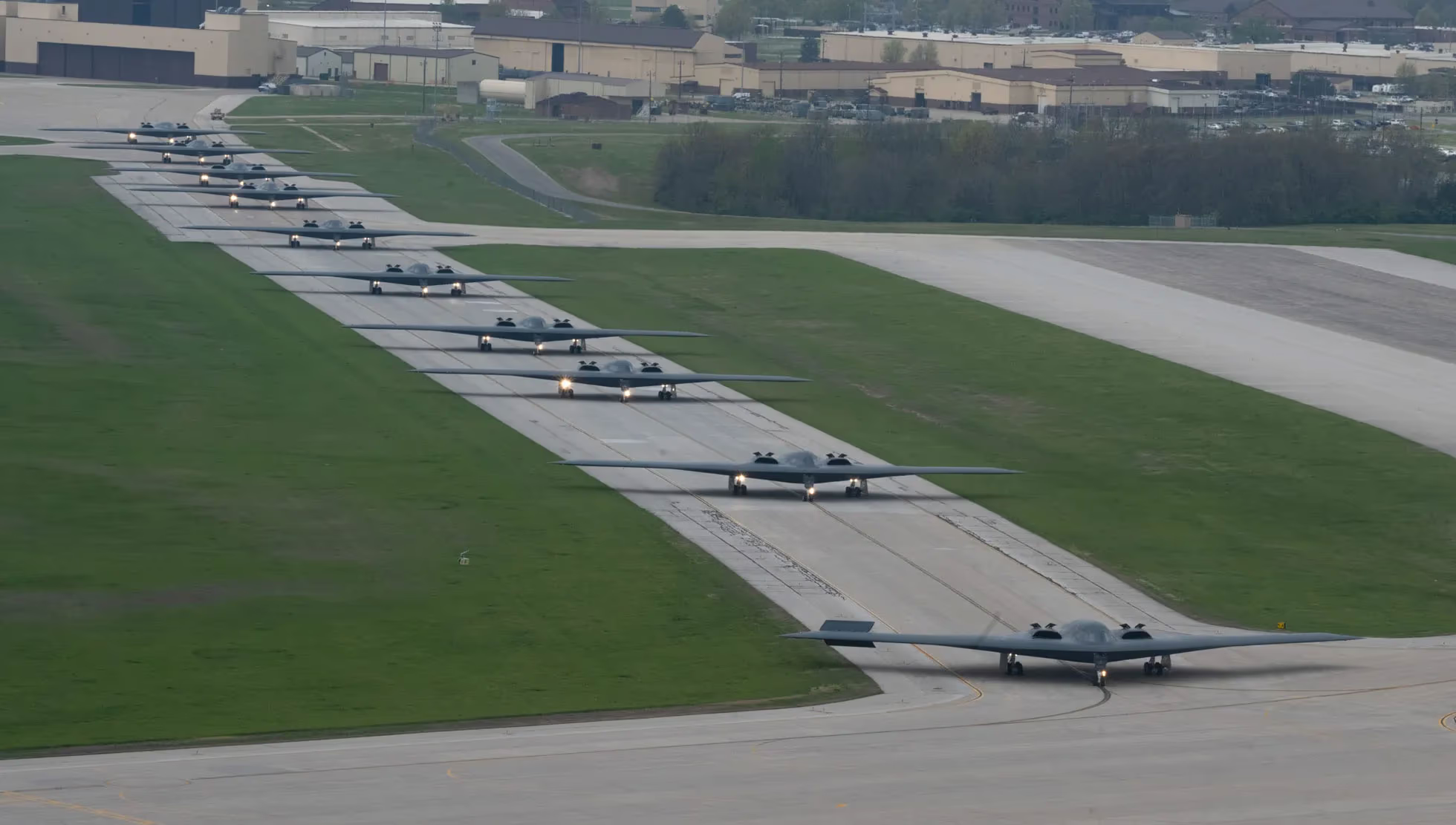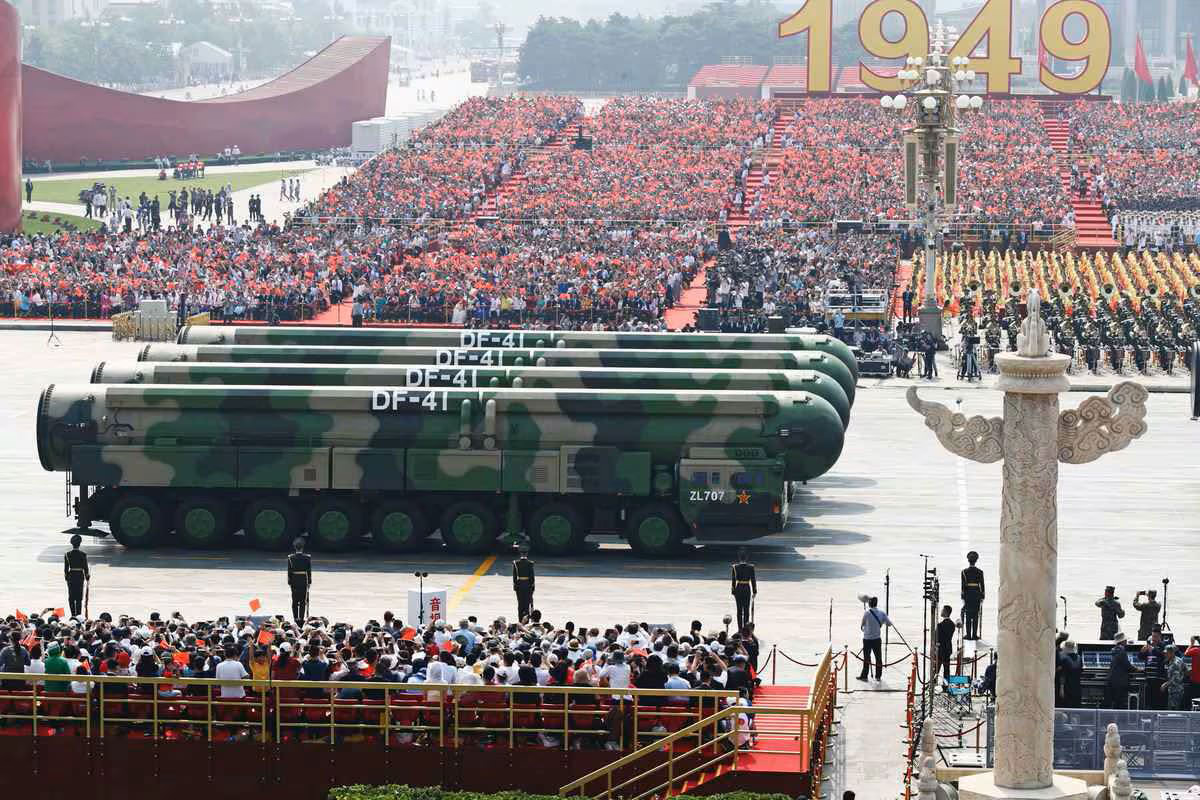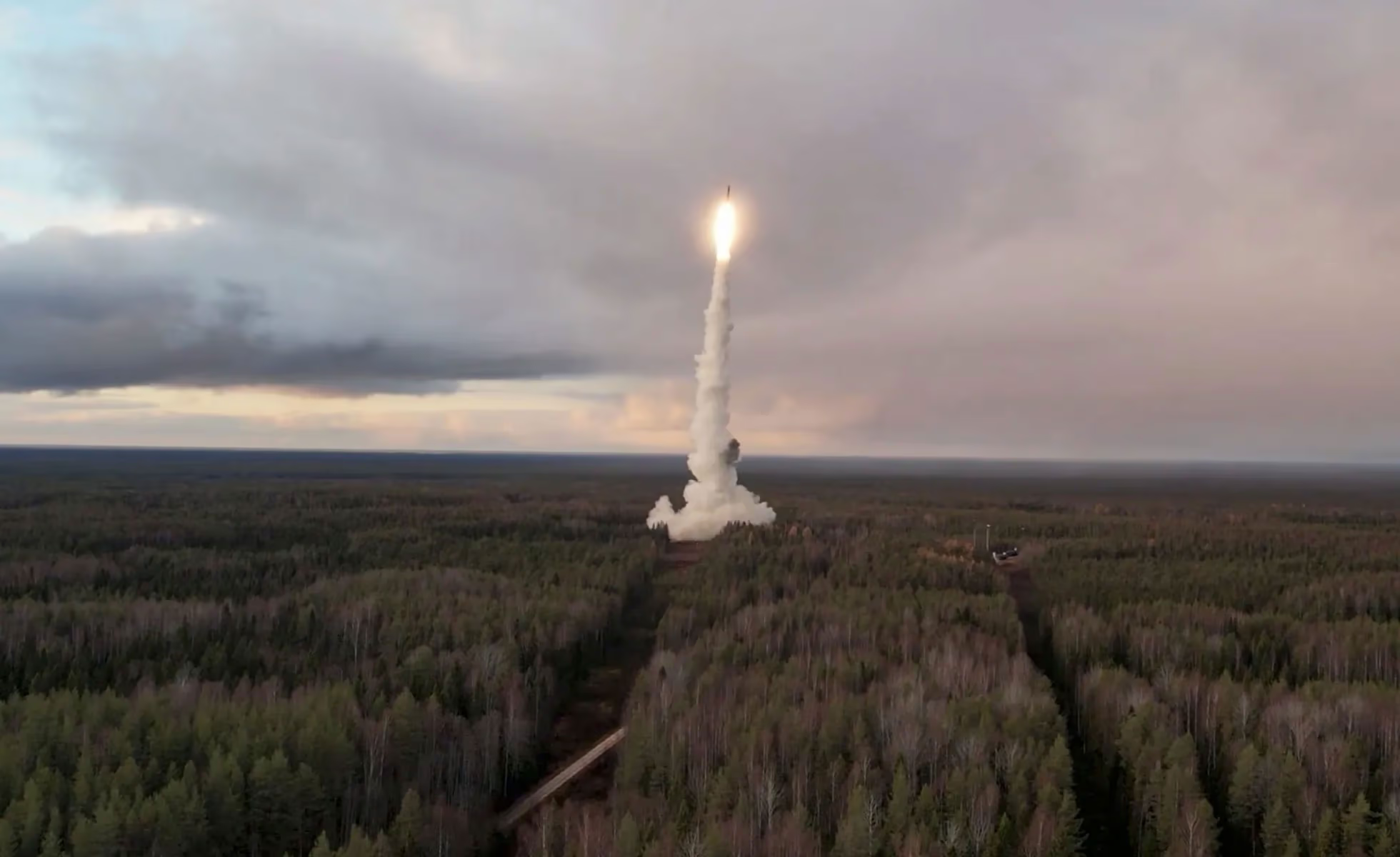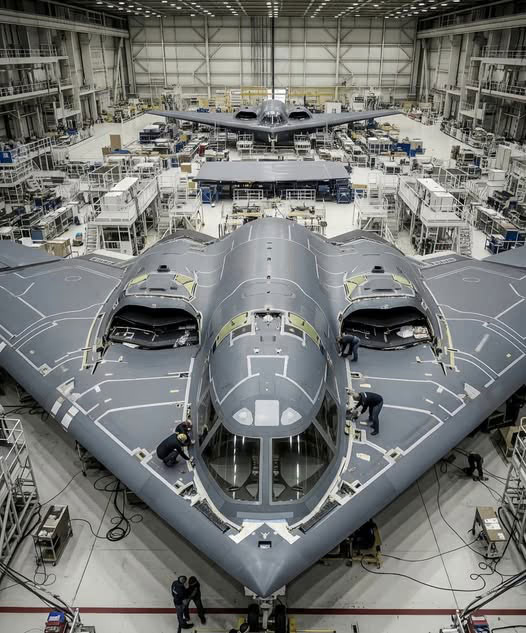A new 2024 report from the Stockholm International Peace Research Institute (SIPRI) paints a troubling picture: despite a decline in the number of armed conflicts, the global death toll has reached a six-year high, while worldwide military spending has soared to a record $2.7 trillion. The top spenders remain the United States, China, and Russia—three countries that are increasingly modernizing their nuclear arsenals, turning deterrence into a new form of confrontation.
Matt Korda, a nuclear policy researcher and co-author of the global nuclear weapons overview, explains the scale of this transformation and the risks it entails. In his view, the erosion of the previous deterrence architecture, rising opacity, and the politicization of nuclear programs are creating a situation in which the mere existence of these weapons raises the likelihood of conflict rather than preventing it.
As Matt Korda explains, although neither the U.S. nor China is engaged in active warfare, both are steadily increasing their defense spending. The motivations differ, but the outcome is the same: large-scale nuclear modernization and a steadily eroding architecture of global deterrence. The United States is in the midst of a years-long effort to modernize its nuclear forces. Despite Donald Trump’s claims that "we already have plenty of nuclear weapons," some voices within the administration are calling for a further buildup. Many of these programs are over budget and behind schedule, but they continue nonetheless.
"It’s still unclear where the U.S. nuclear arsenal is headed. There are scenarios for both expansion and reduction. But nearly every component is being modernized," Korda notes.

U.S. B-2 Spirit bombers, capable of carrying nuclear weapons. They can reach speeds of up to 1,000 kilometers per hour and remain invisible to radar. Considered the most expensive aircraft in the world.
China's trajectory is different. For a long time, Beijing considered a few hundred warheads sufficient, viewing them purely as a political instrument. Now, however, China is seeking a significant expansion of its arsenal. According to Korda, this shift may be driven by political, technological, and image-related factors. Even without changing its official doctrine, China might decide that more weapons are needed to uphold it reliably.
Korda emphasizes that nuclear modernization does not necessarily lead to confrontation. It is often a matter of reliability and safety—modern explosives must be resistant to accidental detonation, and warheads must perform predictably. Another factor is political pressure from the defense industry, which may push for the development of new systems regardless of strategic need. In addition, there is the widespread phenomenon of mirror thinking: "If they’re doing it, then we have to do it too."

The Dongfeng-41 intercontinental missile with multiple warheads was showcased during a military parade in Beijing marking the 70th anniversary of the founding of the People's Republic of China. October 2019.
A typical example is the development of hypersonic weapons. China and Russia are striving to overcome U.S. missile defense systems, particularly the announced "Trump Dome" project, which claims to intercept nearly any missile. The U.S., despite not facing a comparable threat, has still launched demonstration programs—fueling the arms race. "If I were planning U.S. nuclear strategy, such systems wouldn’t be high on my list of priorities," says Korda.
He believes nuclear deterrence remains a highly unreliable tool. Conflicts such as the India-Pakistan standoff show that nuclear arsenals do not prevent armed clashes. While they may deter full-scale invasions or regime change, they offer no guarantee against localized attacks. Moreover, possessing such weapons makes a country a target—and invites escalation of threats.

Launch of a Yars intercontinental ballistic missile from the Plesetsk Cosmodrome. October 2024.
The post–Cold War reduction of arsenals was made possible by political will and the existence of treaties. That changed after the U.S. withdrawal from the ABM Treaty under George W. Bush and the deterioration of relations following the annexation of Crimea and accusations of INF Treaty violations. As a result, arms control efforts have stalled, and transparency has declined. "Arsenals are starting to grow, and neither side seems willing to negotiate anymore," Korda notes.
Still, experts continue to monitor the nuclear programs of all nine nuclear-armed states. Sources include official reports, satellite imagery, social media, and press coverage. With the suspension of data exchanges between the U.S. and Russia under New START, the accuracy of assessments has diminished. Closed-off states such as North Korea, Israel, Pakistan, and India are particularly difficult to analyze. "That’s why our level of confidence varies—it's much higher for some countries than for others," Korda says.
According to Korda, the expiration of New START in February 2026 could enable a rapid buildup of warheads—not through new production, but by reactivating warheads currently in storage. This is especially alarming given the increasingly weakened oversight regime.
France and the United Kingdom are also modernizing their arsenals. But as Korda points out, both countries are increasingly questioning the role nuclear deterrence should play in the future—especially if the U.S. can no longer be relied on as a stable ally. Proposals such as a "European nuclear umbrella" or the deployment of weapons to new countries are being floated, albeit only at the discussion stage.
Today’s arms race, the expert stresses, is fundamentally different from Cold War logic. There are no longer two but nine nuclear powers, entangled in a complex web of deterrence. "If even one weapon is used, the situation could spiral out of control and escalate into a global conflict," Korda warns.
Emerging technologies—cyberattacks, AI, deepfakes—add further risks. They distort the information space and make decision-making even more vulnerable to mistakes and misjudgments. In this new reality, deterrence is less a guarantee of peace than yet another source of instability.
